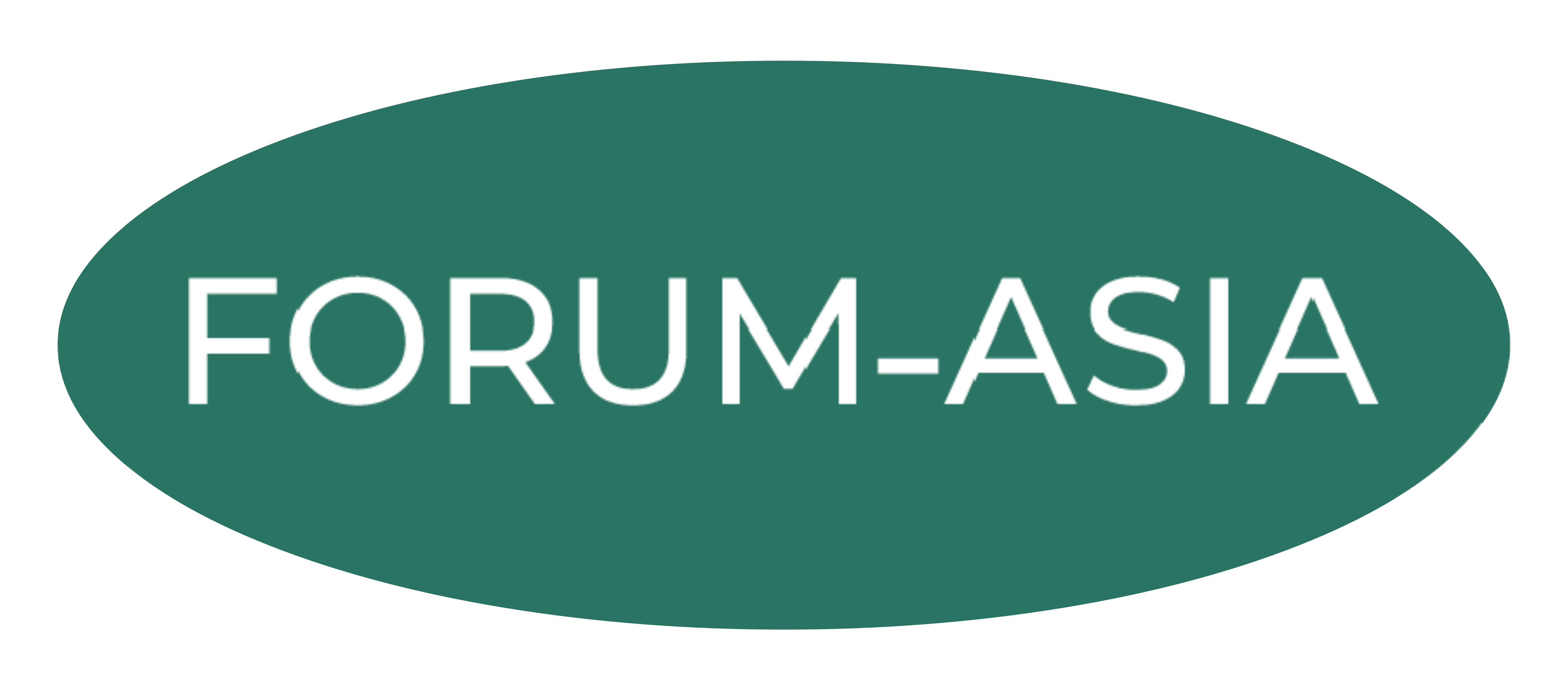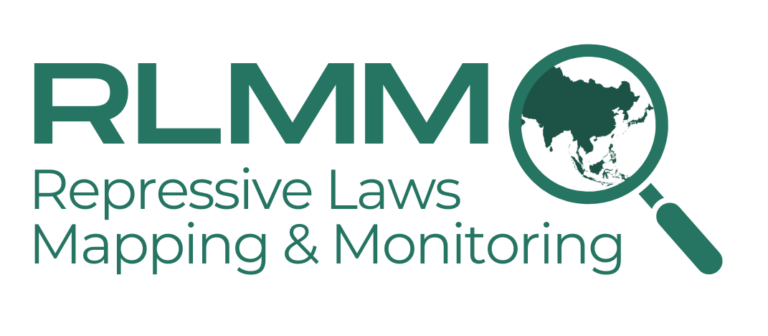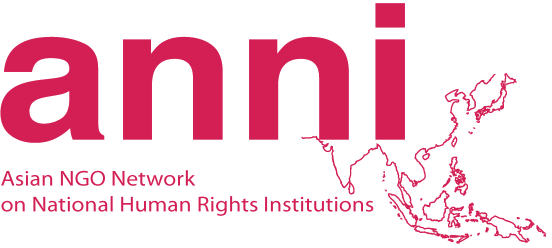While many international non-governmental organizations have openly welcomed the draft resolution on the United Nations Human Rights Council, FORUM-ASIA is concerned that there are less significant or substantive changes to the present Commission on Human Rights, which has been discredited for its double-standards and ineffectiveness. Although the draft resolution puts forth various technical changes, it does not enumerate explicitly all the essential components of the Human Rights Council, such as its mandate, purpose, intention, and modalities. The primary mandate of the Council appears to be confined to the role of supervision, rather than enforcement.
FORUM-ASIA's Initial Response to the Draft Human Rights Council Resolution
(27 February 2006) On 23 February 2006, the draft resolution on the United Nations Human Rights Council was finally presented by the President of the General Assembly.The resolution is a result of negotiations at the highest inter-governmental level in New York since September 2005. This draft resolution [link] is to be voted upon by 191 Member States of the United Nations by the end of this week. This Human Rights Council will replace the Commission on Human Rights, the principal human rights body of the UN which has been operating for six decades. As stated in the draft resolution, the Commission on Human Rights will conclude its work at the 62nd session next month, and the Human Rights Council will convene its first session on 19 June 2006. The replacement of the Commission by the Council is part of the entire UN reform process initiated by the UN Secretary-General Kofi Annan to prioritize human rights within the UN system and to overcome the legitimacy deficit that the Commission has suffered, as some of the worst human rights violators have won seats on the Commission to insulate themselves from scrutiny.
While many international non-governmental organizations have openly welcomed this draft resolution, FORUM-ASIA is concerned that there are less significant or substantive changes to the present Commission on Human Rights, which has been discredited for its double-standards and ineffectiveness. Although the draft resolution puts forth various technical changes, it does not enumerate explicitly all the essential components of the Human Rights Council, such as its mandate, purpose, intention, and modalities. The primary mandate of the Council appears to be confined to the role of supervision, rather than enforcement. Repeated emphasis on “cooperation and dialogue” in seven paragraphs of the resolution is also a worrying sign that the Council may ultimately result as a consensual forum for discussion amongst the Member States rather than concrete action towards specific forms of implementation. Although an elaboration on how the Special Procedures of the Commission on Human Rights will figure in the Human Rights Council is lacking, the draft resolution does state that there should be “substantive interaction with special procedures and mechanisms”. Similarly, the work of the Council and the treaty bodies is foreseen as complementing each other.
Main components of the Human Rights Council as outlined in the draft resolution:
- Status: the Human Rights Council will be a direct subsidiary organ of the General Assembly (OP1), eliminating the intermediary level such as ECOSOC, which has been the body between the General Assembly and the Commission on Human Rights. While this is highlighted as giving human rights a higher institutional standing and priority within the UN system, it still remains unclear as to how accountable the General Assembly will be in implementing the work of the Council. The relationship between the Commission and the Economic and Social Council (ECOSOC) has become merely a reporting procedure with no follow-up, which has been one of the biggest weaknesses. As such, the new Council must not replicate such shortfalls.
- Mandate: the Council is responsible for “promoting universal respect for the protection of all human rights and fundamental freedoms for all, without distinction of any kind in a fair and equal manner (OP2)”. The wording for the mandate remains very general and dilute, with the concern that the Council may ultimately become a mere forum for exchanging information with no follow-up.
- Functions: one of the primary function of the Council will be to undertake a universal periodic review of the fulfillment by each state of its human rights obligations and commitments (OP5 (e)). The modalities and necessary time allocation will be decided within one year after the first session of the Council. The exact framework has yet to be worked out through “expert advise”.
- Membership/election: unlike the current Commission with 53 members, the Council will comprise of 47 Member States, to be elected directly and individually by secret ballots by the majority of the members of the General Assembly. The first members of the Council will be elected on 9 May 2006 and the first meeting of the council will be convened on 19 June 2006. The General Assembly can decide to suspend a member that commits gross and systematic violations of human rights. The rationale for this member selection process is to overcome issues of double standards and selectivity that the Commission has been criticized for by allowing gross human rights violators to sit in the Commission to insulate themselves and their allies from criticism. However, as the number of Council members is fixed based on equal geographical distribution with the largest portions given to Asia and Africa, it will inevitably allow human rights violators to sit on the Council. How the potential conflict between the need for 13 members of the Council to be elected from Asia and yet excluding gross human rights violators thus remains to be resolved. Much would depend on the negotiations with each geographical group in preparing the slate using the criteria outlined.
- NGO participation: The Council will carry forth the arrangement of participation of/consultation with NGOs, based on ECOSOC Resolution 1996/31 and past practices observed by the Commission (OP11). However, with the standing of the Council under the General Assembly and not the ECOSOC, how this will be implemented practically need to be considered. Moreover, how are they going to ensure “the most effective contribution to these entities”? (OP11)
- Number and duration of meetings: the Council will meet regularly with at least three sessions per year, including a main session of at least ten weeks. Special sessions can also be held based on the request by a Member of the Council, and with the support of one-third of the Council members. Currently, the Commission on Human Rights holds one session per year for six weeks from March to April. Although the longer time allocated to address human rights violations within the UN system is to be welcomed, the extended duration and number of meetings creates a significant challenge for NGOs based in the Asian region to participate and engage with the Council throughout the year, as well as scheduling participation for the special or emergency sessions.
Links to key documents:
- Draft resolution of the Human Rights Council, dated 23 February 2006
- Statement by the President of the United Nations General Assembly, dated 23 February 2006
- FORUM-ASIA’s comments on the Co-Chair’s text of 1 February 2006 on the Human Rights Council, dated 10 February 2006



